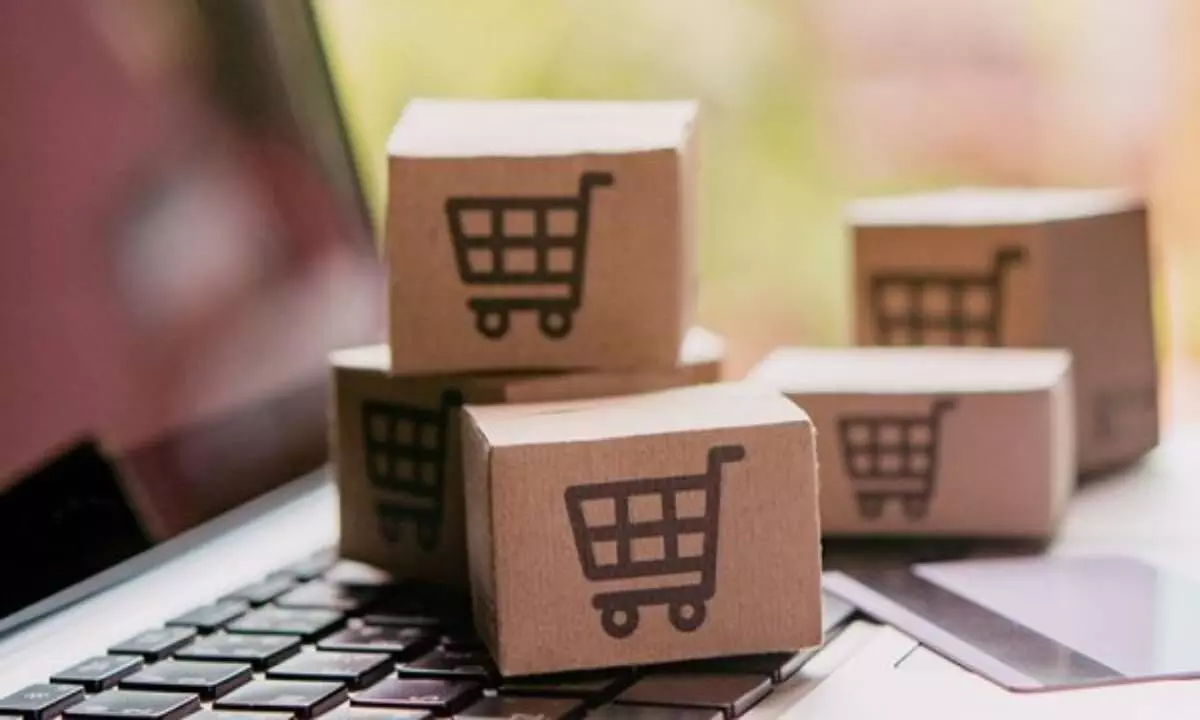Ecommerce will drive country’s consumer spending and retail growth
image for illustrative purpose

The prevailing positive trends in India’s consumer spending on both offline and online retail are likely to continue for quite some time now. It is expected that in the days to come, eCommerce will continue to be a key driver for retail growth and consumer spending. However, given the slowdown in new user adoption, going forward, Indian companies have to craft their strategies, devising upselling and cross-selling schemes, and developing loyalty programmes, with a continued focus on customer satisfaction. It is worthy to keep in mind that driven by several factors, the retail sector is experiencing robust growth. The country is experiencing a steady increase in national wages, rapid urbanization and a digital economy. Lower-tier cities no longer have to rely solely on physical stores, as an expanding network of last-mile logistics suppliers enables access to preferred brands through online platforms. The retail landscape offers a wide array of choices, including global e-commerce platforms, single-brand shopping websites, multi-retail apps and social media sellers. Furthermore, discretionary spending power is on the rise, with the average per capita income surpassing $2000. It is projected to exceed $12,000 by 2047. A Deloitte study predicts that India’s online market will jump to $325 billion in 2030 from the $70 billion in 2022.
The organized retail market will grow to $230 billion in 2030 from $110 billion in 2022. But the total value of the offline retail market will be $1,605 billion in 2030, up from $860 billion in 2022. Meanwhile, the latest ECCI (e-Commerce Consumer Confidence Index) by Redseer Strategy Consultants points out that in Q1, retail commerce grew as inflation cooled and incomes rose. Offline retail outpaced e-Commerce, driven by higher rural demand (particularly FMCG) and a steady uptick in urban demand. The slight decline from an ECCI of 142 in Q1 FY24 to 131 towards Q2 FY 24 as per the Redseer survey notwithstanding, the optimistic consumer outlook towards Q2 is clearly palpable.
Interestingly, over 45 per cent of the companies surveyed, plan to increase their e-Commerce spends, largely across the categories of fashion, grocery, beauty, and personal care. There is also an increase in the Net Promoter Score to 52 per cent as e-Commerce platforms work towards building consumer trust and continue to perform well on their key customer satisfaction drivers. However, with the e-Commerce sector approaching maturity, the adoption of new categories is expected to be muted. Most non-users also tend to remain sticky (prefer offline retail) as only a few consumers are willing to try online shopping over the next six months. To put it in simple terms, consumer spends in the last quarter was robust across online and offline retail, as GMV grew alongside a moderating inflation and rising income levels. The net promoter score for e-Commerce has also improved, driven by increasing trust and overall satisfaction with online platforms. Quite significantly, consumer spending in India had decreased to Rs 23995.15 billion in the first quarter of 2023 from Rs 24787 billion in the fourth quarter of 2022.

